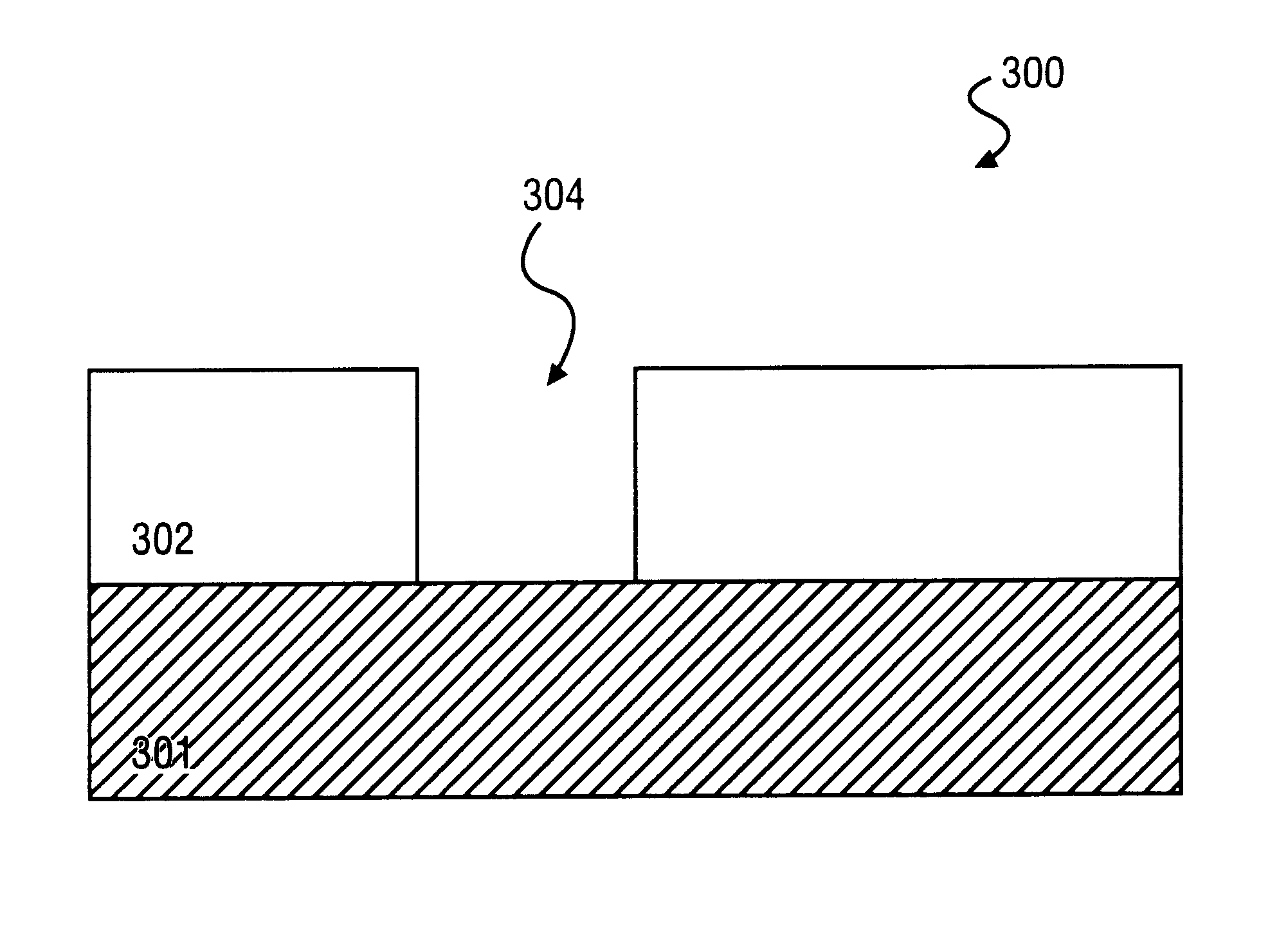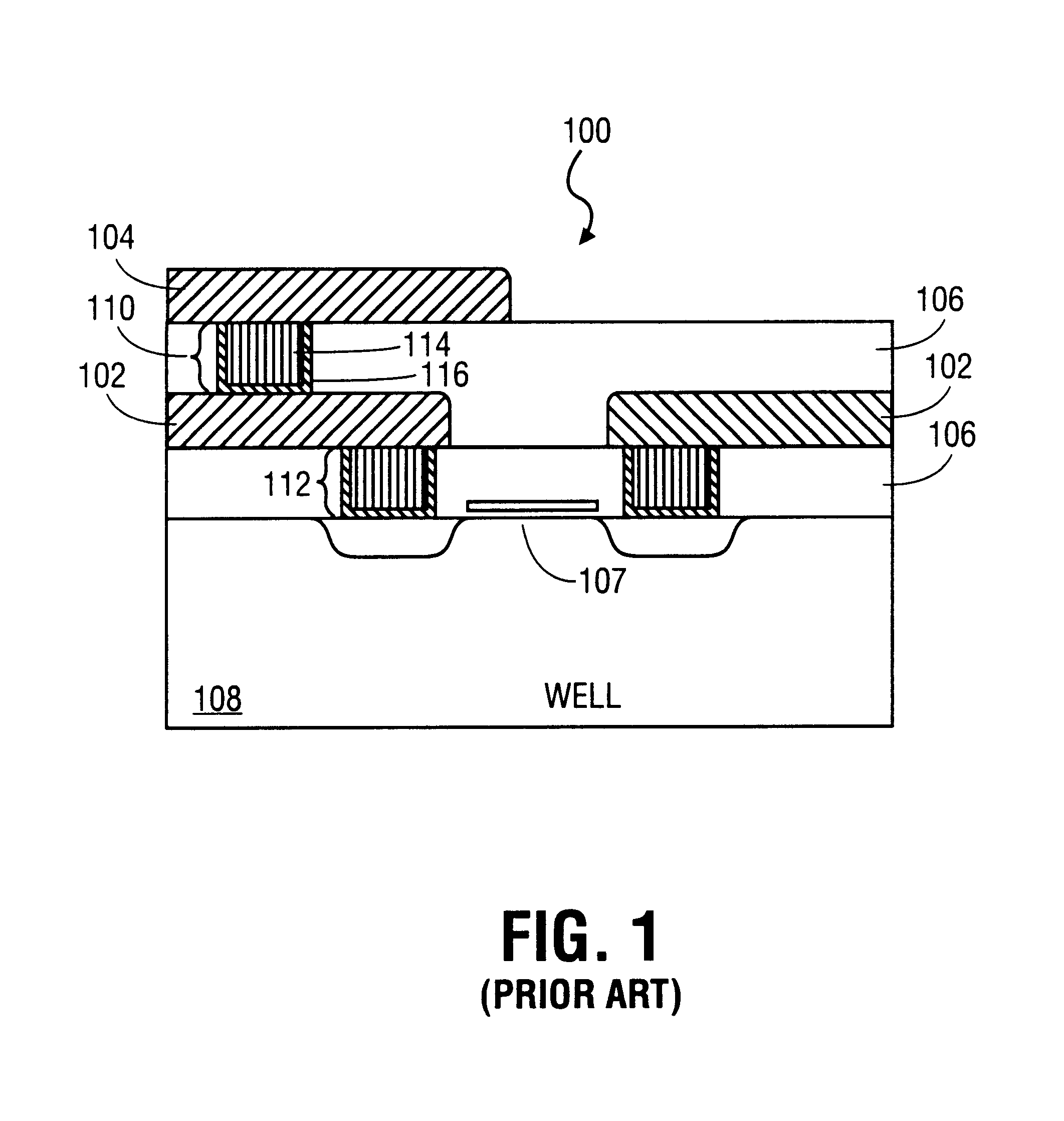Slurries for chemical mechanical polishing
a technology of mechanical polishing and slurries, which is applied in the direction of polishing compositions, other chemical processes, manufacturing tools, etc., can solve the problems of insufficient tungsten layer manufacturability, voids or open circuits, and inability to print high resolution lines,
- Summary
- Abstract
- Description
- Claims
- Application Information
AI Technical Summary
Problems solved by technology
Method used
Image
Examples
Embodiment Construction
Novel slurries for chemical mechanical polishing of thin films used in high density integrated circuits are described. In the following description numerous specific details are set forth, such as specific machinery materials, thicknesses, etc., in order to provide a thorough understanding of the present invention. It will be obvious, however, to one skilled in the art that the present invention may be practiced without these specific details. In other instances, other well-known semiconductor processes and machinery have not been described in particular detail in order to avoid unnecessarily obscuring the present invention.
The present invention describes novel slurries for the chemical mechanical polishing (CMP) of thin films used in a semiconductor integrated circuit. The novel slurries and CMP processes of the present invention are preferably used to form a via connection or plug between conductive layers of a semiconductor device. The teachings of the present invention, however,...
PUM
| Property | Measurement | Unit |
|---|---|---|
| thickness | aaaaa | aaaaa |
| thickness | aaaaa | aaaaa |
| thickness | aaaaa | aaaaa |
Abstract
Description
Claims
Application Information
 Login to View More
Login to View More - R&D
- Intellectual Property
- Life Sciences
- Materials
- Tech Scout
- Unparalleled Data Quality
- Higher Quality Content
- 60% Fewer Hallucinations
Browse by: Latest US Patents, China's latest patents, Technical Efficacy Thesaurus, Application Domain, Technology Topic, Popular Technical Reports.
© 2025 PatSnap. All rights reserved.Legal|Privacy policy|Modern Slavery Act Transparency Statement|Sitemap|About US| Contact US: help@patsnap.com



